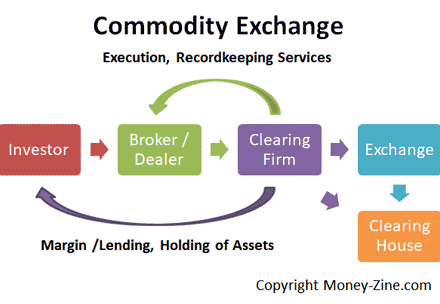Every year, as far as the federal government is concerned, investment properties and capital investments lose value. That’s depreciation, and the Internal Revenue Service (IRS) permits counting depreciation as an annual tax expense.
Bonus tax depreciation is the additional amount allowed for qualifying property beyond standard tax depreciation. It’s an accelerated depreciation method put in place by Congress as an economic stimulus.
Under the Tax Cut and Jobs Act of 2017, substantial changes were made to bonus depreciation, including depreciation for used as well as new equipment. The idea was to boost capital purchase business spending, but it was designed as a temporary incentive. Five years later, that bonus depreciation phase out begins.
How Bonus Depreciation Works
Under IRS Tax Code Section 179 expensing, businesses may deduct the entire purchase price of certain qualifying assets and equipment when tax planning, including software, on that year’s business income tax return. Prior to the TCJA, deductions were capped at $500,000. The phase out began at $2 million. The TCJA raised the deduction to $1 million and the phase out to $2.5 million. It also increased first-year bonus depreciation to 100 percent.
Nonresidential real property is depreciated for 39 years, while the timeframe for residential rental property depreciation is 27.5 years.
Keep in mind that, while similar, Section 179 and bonus depreciation aren’t synonymous. To claim Section 179 expensing, businesses must have taxable profits. That’s not the case with a bonus depreciation expense.
Bonus Depreciation Changes
The clock is ticking. The bonus depreciation phase out commences in 2023–and that initial year’s drop is considerable. While the entire bonus depreciation phase out process is scheduled to occur over four years, 2023 involves an 80 percent decrease. After that, expect a 20 percent annual decrease until the phase out is completed in 2027.
Businesses can still take advantage of 100 percent bonus depreciation for eligible property placed in service between September 27, 2017, to January 1, 2023. As of New Year’s Day, the following bonus depreciation phase out schedule begins:
- Property placed in service after December 31, 2022, and before January 1, 2024: 80 percent
- Property placed in service after December 31, 2023, and before January 1, 2025: 60 percent
- Property placed in service after December 31, 2024, and before January 1, 2026: 40 percent
- Property placed in service after December 31, 2025, and before January 1, 2027: 20 percent
Placed in service refers to readiness for use in a business. That does not mean the property must actually be used during that year for depreciation eligibility, but it must prove available for use.
There are exceptions to the bonus depreciation phase out schedule. Business aircraft and certain properties with longer production periods have an additional year, with the phase out ending before January 1, 2028.
Qualifying Bonus Depreciation Property
Not all business property is eligible for bonus depreciation. Qualified bonus depreciation property includes:
- Properties with a useful life of 20 years or less. That might include machinery, vehicles, equipment, or computer software. This category does not include land or structures
- Qualified improvement property consists of interior improvements made to commercial buildings. One caveat: The business must already be open before such improvements are made
- Qualified film and TV production costs
Many sole proprietors and small enterprises mix property for business and personal use. Vehicles often fall into the category of “listed” property. If the asset is used for business at least 50 percent of the time, it qualifies for bonus depreciation.
As noted, the TCJA permits used properties to qualify for bonus depreciation. Such used property must be new to the business. For example, a business must buy a used piece of equipment that is new to it. Purchasing already leased equipment does not qualify as eligible assets.
What the Bonus Depreciation Phase out Means for You
The bonus depreciation phase out for real estate investors does not change basic investment strategy. However, the phase out means businesses have the impetus to make qualifying equipment purchases as soon as possible to take advantage of the 100 percent deduction. Of course, that motivation presents itself only as it makes sense for the particular business.
For instance, fully deducting an asset in one year means you can’t depreciate the asset in the future. Major income swings based primarily on deductions can make annual tax rate management problematic for small-to-mid-sized businesses.
The Bottom Line
As the TCJA sunsets, bonus depreciation should fall back to the 50 percent limit in place before it was enacted into law. The limit ranged widely during the period between 2001 and 2017 and could certainly change in the future.
Bonus depreciation eligibility for used equipment may also come to an end. It’s vital to discuss the upcoming changes with your accountant or tax attorney about the advantages of bonus depreciation as the phase out begins.




